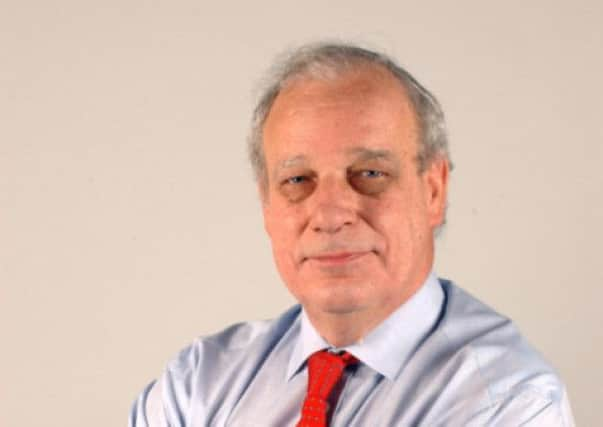Comment: Put your trust in PAT to deliver goods


Should the investment managers stick with their stance – or change their policy? And if they don’t change, should you stick with the management or throw in the towel? Such are the questions now swirling over Edinburgh-based Personal Assets Trust (PAT). This most idiosyncratic of investment trusts, which gained cult status in the financial crisis when its famously bearish stance secured it a prominent place in the performance tables.
How the cheers have faded. PAT, managed by Sebastian Troy and with the legendary Robin Angus as its Old Testament-style prophet still hurling fireballs at the consensus, has maintained a notably bearish stance. As markets climbed last year, PAT continued to hold almost 24 per cent in cash or cash equivalents. Its holdings of gold and government bonds amount to more than half of its £556 million portfolio. This contrarian stance has cost. Over the 12 months to mid-February, when shares in trusts in the global sector gained an average 11.5 per cent, shares in PAT fell by 6.7 per cent. Nor can it claim a longer-term vindication over five years. Trusts in the global trust sector have gained 114 per cent. PAT has trailed well behind with a gain of just 57 per cent.
Advertisement
Hide AdAdvertisement
Hide AdLittle wonder the annual London shareholder meeting last month saw some searching questions being asked about the trust’s philosophy. Others questioned the case for holding gold in the face of possible deflation.
Its managers made three points in response. First, it has not been, as frequently claimed, always bearish. Both Angus and the late great Ian Rushbrook were, he reminded followers, “snorting bulls” during the first half of the 1990s. And it looks forward “eagerly to a time when we can be fully invested in equities and may be even geared”.
That said, there is, declares Angus, “no way that Personal Assets Trust is going to abandon its principles or its board because of a year’s bad results”. The primary aim of PAT has been long-term capital protection. And informing this aim is a distinctly cautious view of the activities of governments and central banks, which can so often proved to be prejudicial to the private wealth of citizens.
PAT appeals to many investors precisely because of its misgivings about the resort to quantitative easing, the distorting effect of ultra-loose monetary policies on asset prices, and the historically high levels at which equities are currently rated. PAT is by no means alone in these misgivings. And I suspect that, despite the under- performance of the past year, a majority of its shareholders would prefer the board to stick with its stance.
As for holding gold, it is a hedge against instability. We are in an era of unsound money, with central banks struggling to find an exit from QE. Mark Carney’s policy of forward guidance has been abandoned and the risk remains of a return of inflation. In such periods, gold tends to perform better than stock markets.
I believe PAT is right to stick with its convictions. The pronounced falls in developing country stock markets in the past year are a reminder of the volatile and hazardous times we are in. My one quibble is that it might have been more fully invested in defensive dividend-paying equities to avoid having to dip into reserves to maintain its dividend. The past two years have shown how it is possible to be bearish – and yet fairly fully invested.
As for relative performance, Angus makes a useful point about the strong performance of Scottish Mortgage Investment Trust. This top-quartile performer is up 34 per cent over one year, by 56 per cent over three years and by 296 per cent over five years – comfortably double the average global trust performance. Many investors hold both trusts as part of a “barbell” strategy. He has always regarded them as complementary, rather than as rivals.
Let’s not forget that, less than five years ago, shares in Scottish Mortgage were tumbling as the crisis intensified – while PAT held up in the storm. If you’re seeking to diversify risk, PAT remains a sensible way to do it.
All in the name
Advertisement
Hide AdAdvertisement
Hide AdFinally, I am indebted to Robin Angus for his playful side-swipe at the proliferation of acronyms in the investment world. After the Bric countries (Brazil, Russia, India, China) we now have Mint (Mexico, Indonesia, Nigeria, Turkey). Angus goes further. How about Gamble (Gambia, Albania, Moldova, Burundi, Laos, Eritrea)? However, he stopped short of Scamp (Scotland, Catalonia, Algeria, Maldives, Panama).